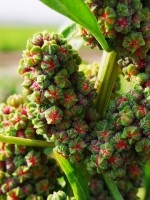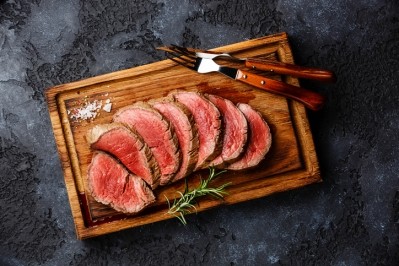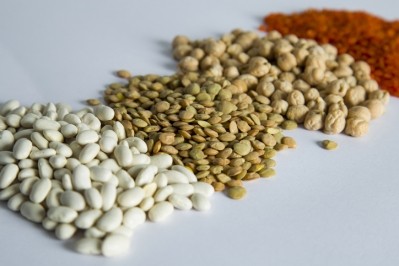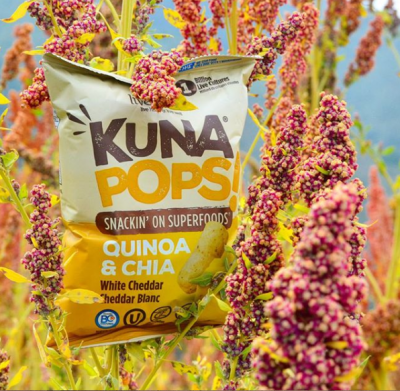Could quinoa be the next candidate for protein isolate? Equinom CEO on breeding better quinoa
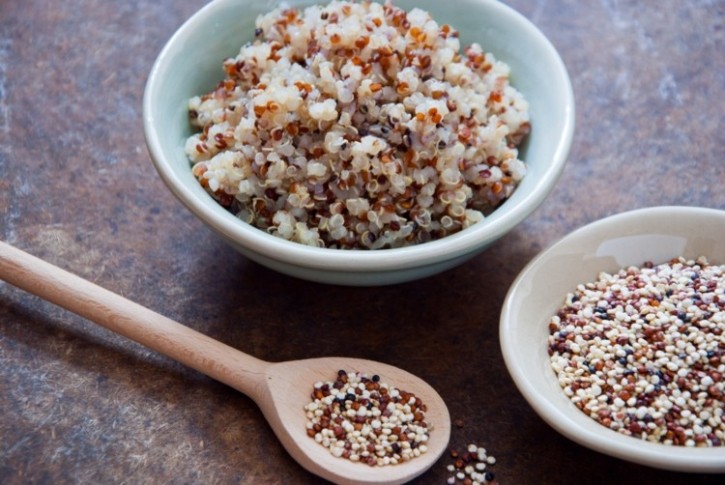
Israeli plant-breeding company Equinom uses non-GMO techniques to breed improved varieties of seeds. It has already developed peas with 50% more protein and split-proof sesame seeds, and also counts the traditional Andean pseudocereal and superfood star ingredient, quinoa, in its portfolio.
“We have quinoa with high protein contact – around 20% - while in the market it is around 12%,” Gil Shalev, CEO of Equinom, told FoodNavigator-LATAM. “These are still products in the breeding program [not yet commercialized] but we can see the potential and we already have some products with 15% protein on the market.”
Equinom has various types of different colored, high-protein quinoa seeds that produce better yields compared to conventional varieties, and other varieties with low saponins. Saponins, mostly found in the quinoa seed, are a naturally occurring phytochemical that gives the unwashed pseudograin a bitter taste.
The Israeli company, which commercializes its own quinoa, selling the seeds directly to farmers and grain handlers, mostly in the Middle East, Europe, and North America, is also in the process of developing a better-tasting variety, Shalev added.
Is there appetite for quinoa concentrate?
Although whole plant proteins are gaining popularity in processed foods - think pulse pasta made from whole lentil flour - plant protein isolate and concentrate are seen as the holy grail of vegetarian meat alternatives. These can have protein levels as high as 90%, making them an attractive choice to rival meat in vegetarian burgers, for instance.
Latin American suppliers are also moving into the space. In August this year, Brazilian corn giant Milhao unveiled its first line of whole pulse flours with a protein content of around 20% but also revealed it planned to launch a pea protein isolate next year.
So, is quinoa a candidate for high protein isolate?
For the minute, Equinom believes quinoa’s potential lies in its use as a whole seed.
“We analyzed the global quinoa market and found that although quinoa is a healthier product than other plant proteins, the market is very small and scattered in different regions of the world,” Shalev said. “We have a hard time seeing an industry of quinoa processing and it seems to be mostly consumed in its entirety.”
Nevertheless, research into quinoa’s potential to be used in isolate or concentrate is underway.
Dr Ofir Benjamin, a scientist at Israel’s Tel Hai College, is investigating how to elevate the Andean grain’s plant protein potential, and received a grant from plant-based advocacy group The Good Food Institute (GFI).
Benjamin plans to use Equniom’s protein-enhanced quinoa crop during a second round of field trials in the winter of 2019-2020, according to GFI.
“The functionality of quinoa protein is versatile,” he told GFI.
“We will greatly increase the potential of quinoa protein isolate, a very high-protein substance used in plant-based meat. Investigating and developing methods for protein extraction will improve quinoa protein isolate,” he added.
'Quinoa definitely has the advantage'
“Quinoa's protein yield is relatively high at 268 to 402 kilograms of useable plant protein per hectare. For comparison, beef has 17.5 kg of usable protein per hectare. Milk has 84. Quinoa definitely has the advantage here.”
According to Benjamin, quinoa protein can be used in emulsions, gels used to retain moisture content in food thanks to its water-holding capacity.
Around 37% of quinoa’s total protein content is composed of the 11S globulin, which is easily absorbed by the body and can be used in many different food applications.
According to data from the Food and Agriculture Organization’s statistics office (FAOSTAT), Peru is the biggest producer of quinoa globally, producing over 78,000 tonnes in 2017, closely followed by Bolivia (66,800mt) and Ecuador in third place (1,300mt). The agency does not keep data on other producer countries but the hardy, drought-resistant grain is also grown in regions such as North America and Europe where it has been embraced as a superfood.
